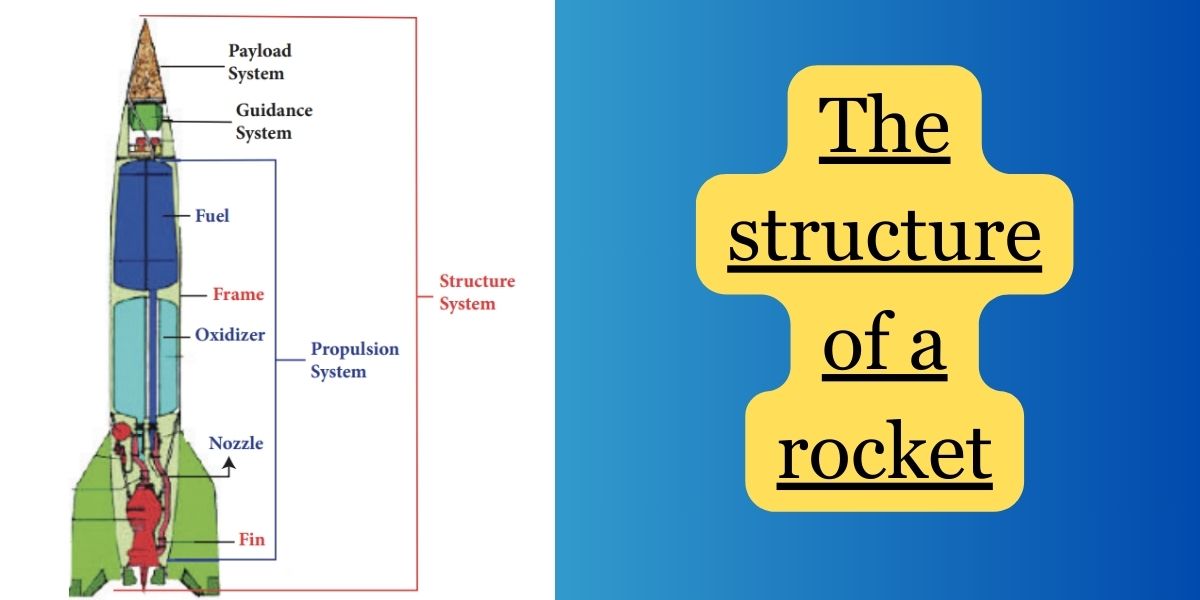The structure of a rocket designed to launch a satellite is a sophisticated engineering marvel. Let’s break down the key components and their functions:
- Payload:
- The payload is what the rocket is carrying into space. In this case, it’s the satellite. The satellite is securely housed in the rocket’s payload fairing to protect it during launch.
- Payload Fairing:
- This is a protective shell or cover around the satellite. It shields the satellite from aerodynamic forces and environmental conditions during the initial phase of the rocket’s ascent through Earth’s atmosphere. The fairing is jettisoned once the rocket reaches space.
- Upper Stage:
- The rocket often has multiple stages. The upper stage is responsible for pushing the payload into its desired orbit once the lower stages have completed their job.
- Lower Stages:
- The lower stages are the powerful engines and fuel tanks located at the bottom of the rocket. They provide the initial thrust needed to lift the rocket off the ground.
- Engines:
- Rockets use engines to generate thrust. These engines burn fuel (usually liquid or solid propellants) to produce high-speed exhaust gases that propel the rocket upward. Rocket engines are carefully designed for efficiency and reliability.
- Fuel Tanks:
- Rockets carry fuel and oxidizer (chemicals that burn with the fuel to provide thrust) in tanks. The fuel tanks are typically located in the lower stages. As fuel is burned, the rocket becomes lighter, allowing it to go higher.
- Guidance and Control Systems:
- Rockets need to be precisely controlled during flight. Guidance systems and control surfaces (like fins) help steer the rocket on its intended trajectory. Advanced computer systems constantly adjust the rocket’s orientation.
- Avionics:
- Avionics include the electronic systems that control and monitor various aspects of the rocket’s performance, such as navigation, communication, and telemetry.
- Thrusters:
- Small thrusters are often used for fine adjustments in the rocket’s orientation and trajectory.
- Telemetry and Communication Systems:
- These systems allow mission control on Earth to communicate with the rocket, receiving data on its performance and sending commands if necessary.
- Structural Frame:
- The rocket’s frame provides the overall structure and support for all the components. It must withstand the intense forces experienced during launch.
- Ignition System:
- The ignition system initiates the burning of the rocket’s propellants, starting the engines and beginning the ascent.
- Recovery Systems (for reusable rockets):
- In the case of reusable rockets, there might be recovery systems like grid fins and landing legs to allow the rocket to return to Earth for refurbishment and reuse.
Understanding the structure of a rocket provides insight into the complexities involved in launching satellites into space. Each component plays a crucial role in ensuring a successful launch and placing the satellite into its intended orbit.


No responses yet